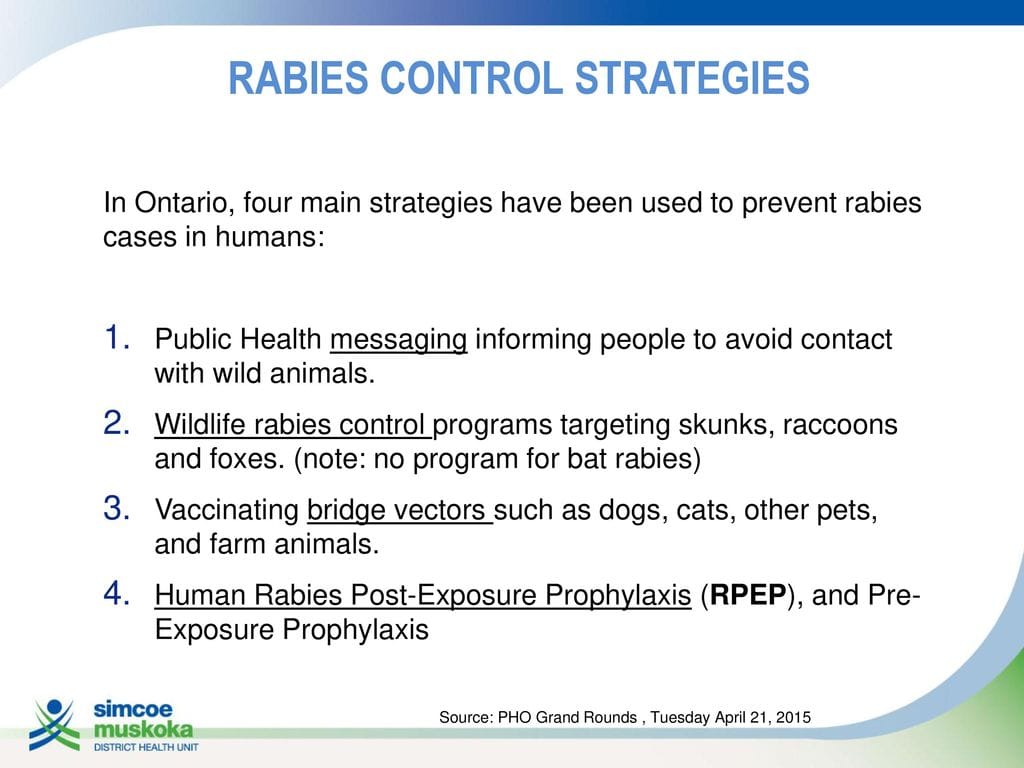The recent announcement from Washington state regarding 14 confirmed cases of avian influenza in humans has prompted a wave of concern and curiosity among residents, particularly in Clark County. Avian influenza, commonly known as bird flu, is a viral infection that primarily affects birds but can occasionally infect humans. Understanding the nature of this virus, its transmission, and the necessary precautions is essential for public health and safety.
Avian influenza is caused by influenza viruses that primarily infect birds, especially domestic poultry. The most notable strains of the virus include H5N1 and H7N9, which have been associated with severe illness in humans. While the transmission of avian influenza from birds to humans is rare, it can occur, particularly in individuals who have close contact with infected birds or contaminated environments. The recent cases in Washington highlight the importance of vigilance and awareness regarding this virus.
The symptoms of avian influenza in humans can range from mild to severe and may include fever, cough, sore throat, muscle aches, and in some cases, severe respiratory distress. It is crucial for individuals who exhibit these symptoms, especially those with a history of exposure to infected birds, to seek medical attention promptly. Early diagnosis and treatment can significantly improve outcomes and reduce the risk of complications.
Preventive measures are vital in controlling the spread of avian influenza. The Centers for Disease Control and Prevention (CDC) recommends that individuals avoid contact with sick or dead birds and refrain from visiting live bird markets. For those who work in poultry farms or have close interactions with birds, wearing protective clothing and practicing good hygiene, such as frequent handwashing, can help mitigate the risk of infection. Additionally, it is advisable to stay informed about local outbreaks and follow any guidelines issued by health authorities.
In Clark County, residents should remain vigilant and report any unusual bird deaths or signs of illness in birds to local wildlife authorities. Public health officials are monitoring the situation closely and will provide updates as necessary. Community awareness and education are crucial in preventing the spread of avian influenza and ensuring that residents are equipped with the knowledge to protect themselves and their families.
It is also important to note that the risk of avian influenza spreading in the general population remains low. The virus does not spread easily from person to person, and most human cases have been linked to direct contact with infected birds. However, the emergence of new strains and the potential for mutations necessitate ongoing surveillance and research to understand the virus better and develop effective vaccines and treatments.
As the situation evolves, Clark County residents are encouraged to stay informed through reliable sources such as the CDC and local health departments. Public health campaigns may be initiated to educate the community about avian influenza, its risks, and preventive measures. Engaging in open communication with health officials and participating in community health initiatives can further enhance public safety.
In conclusion, the recent report of 14 human cases of avian influenza in Washington serves as a reminder of the importance of awareness and preparedness in the face of infectious diseases. By understanding the nature of avian influenza, recognizing its symptoms, and adhering to preventive measures, residents of Clark County can play an active role in safeguarding their health and the health of their community. As we navigate this situation, it is essential to remain informed and proactive in our approach to public health.



